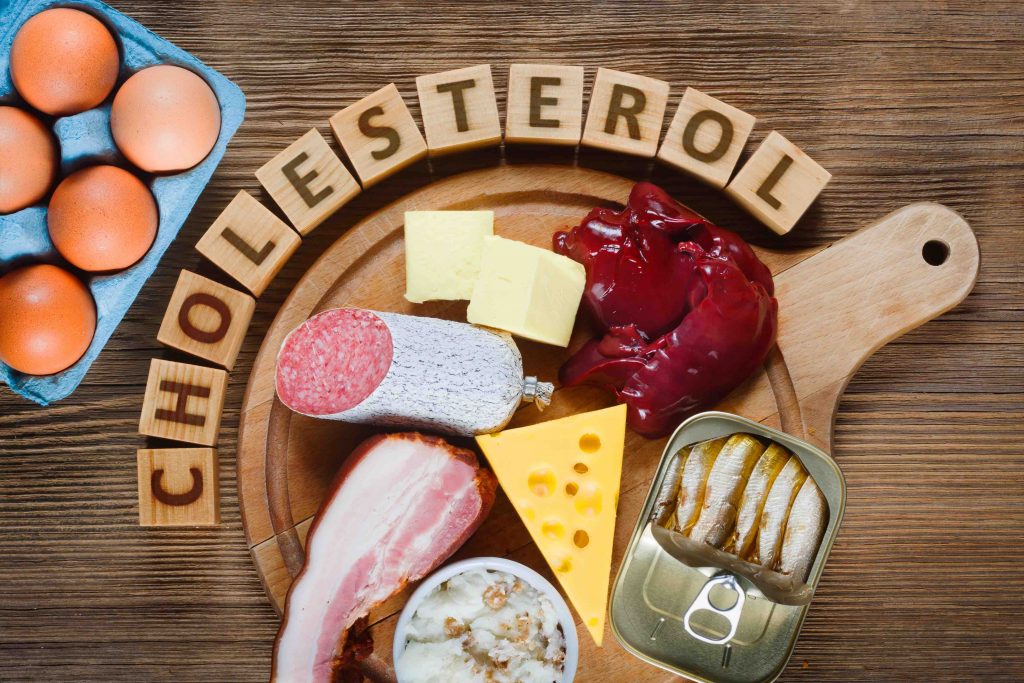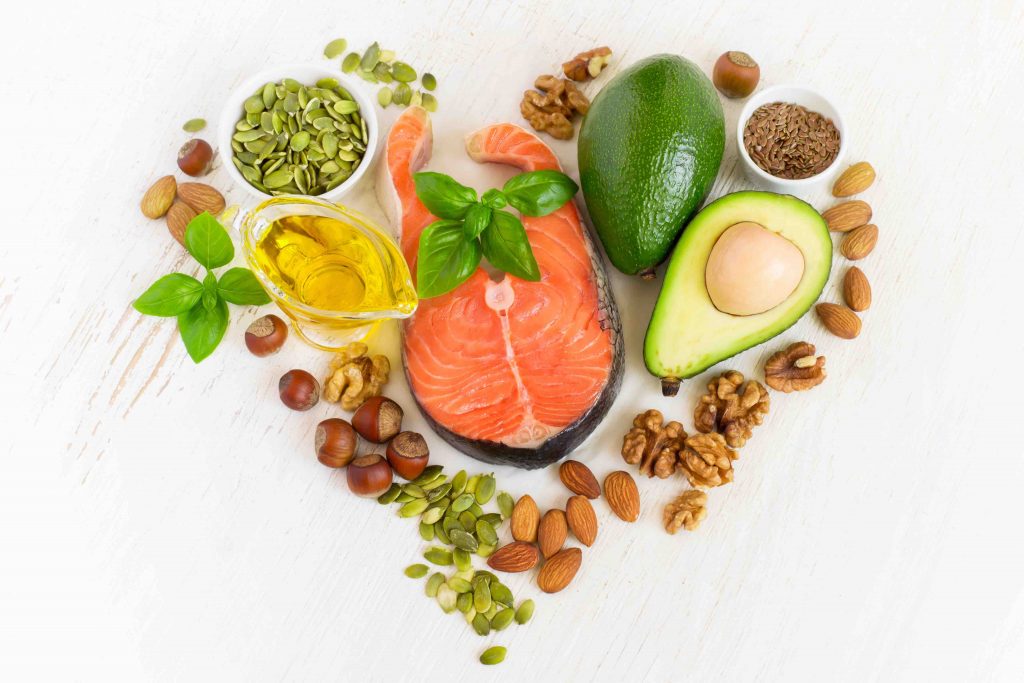These are 10 foods that can help me control my cholesterol levels
My goal? To be fit and stay fit for a long time! First, I find out how and why I need to control my
cholesterol levels to protect my heart. Then, I adopt 10 foods known for their cardiovascular health
benefits. In this way, I can develop a winning programme, combining sport and nutrition, without
forgetting to enjoy myself!
What is cholesterol?

Cholesterol is a lipid produced by the liver and about 25% of it comes from the diet. Cholesterol is
essential for certain processes in the body, such as the secretion of bile, the synthesis of vitamin D
and the formation of cell membranes.
Two types of molecules transport cholesterol in the body:
● LDL, lipoproteins that carry cholesterol from the liver to various organs
● HDL, molecules that capture excess cholesterol in the blood and return it to the liver (where
it is eliminated)
Why do we talk about monitoring or lowering cholesterol?
● The LDL/HDL ratio is just as important as the amount of cholesterol. Too much LDL is
considered a cardiovascular risk factor because the excess cholesterol carried by LDL can
stick to artery walls. A good HDL level can counteract this effect to some extent.
● Cholesterol levels increase with age, which is why regular blood tests are recommended after
the age of 50 and/or in case of other associated risks: smoking, a sedentary lifestyle, a family
history of heart problems, etc.
10 key foods to maintain normal cholesterol levels

Since some of my blood cholesterol comes from what I eat, I can adopt a healthy diet to balance my
HDL/LDL ratio and keep my cholesterol levels normal. According to the latest scientific research,
these 10 foods can help me control my cholesterol levels:
- Wholegrain cereals: regular consumption of unrefined cereals is associated with lower LDL
levels. Oats and barley contain glucan, a molecule that captures cholesterol and slows its
uptake. - Avocado: It is rich in phytosterols and polyphenols, which help to improve the HDL level in
the blood. - Soya: studies associate it with a drop in LDL levels and a reduction in other cardiovascular
disease factors, thanks to various components: isoflavones, lecithins, saponins, fibre, etc. - Beans (lentils, chickpeas, split peas, beans, etc.): low in fat and a source of fibre; they also
give good results in the context of a cholesterol-lowering diet, especially for men. - Red fruits: rich in antioxidants and polyphenols, they have been shown to increase blood
HDL. - Oily fish (salmon, tuna, sardines, herring, etc.): an excellent alternative to red meat, it
contains healthy fatty acids, such as omega-3 and omega-6, which help reduce the risk
factors for coronary heart disease. - Apples: eating two fresh apples a day helps to improve the lipid profile. I choose organic
apples and eat them with the skin on to get all of their benefits. - Nuts (walnuts, hazelnuts, Brazil nuts, almonds, etc.): eating them regularly helps to lower
total and LDL cholesterol levels in the long term. - Olive oil: its cardioprotective effects are due in particular to its richness in polyphenols,
compounds that reduce the oxidation of LDL (responsible for deposits on the arteries).
Replacing butter with olive oil is, therefore, an excellent idea! - The #ProFormTeam’s favourite, dark chocolate: thanks to its high flavonoid content, low-fat
cocoa is good for the heart! I choose chocolate with at least 70% cocoa, to be consumed in
moderation.
Adopt good habits on a daily basis to fight against hypercholesterolemia

To ensure that my heart remains healthy, I adopt a healthy lifestyle, which includes a balanced diet
and regular physical activity. In this way, I strengthen my heart and take care of my arteries, a
winning combination to stay in shape for as long as possible!
For more information around fitness, diet and healthy goal tips – Visit our other articles
Sources:
https://www.ncbi.nlm.nih.gov/pmc/articles/PMC5409663/
https://pubmed.ncbi.nlm.nih.gov/27724985/
https://www.cmaj.ca/content/cmaj/early/2014/04/07/cmaj.131727.full.pdf
https://pubmed.ncbi.nlm.nih.gov/29635493/
https://pubmed.ncbi.nlm.nih.gov/27006201/
https://pubmed.ncbi.nlm.nih.gov/17069820
https://academic.oup.com/ajcn/article/111/2/307/5675325
https://jamanetwork.com/journals/jamainternalmedicine/fullarticle/415912
https://pubmed.ncbi.nlm.nih.gov/23265512/
https://pubmed.ncbi.nlm.nih.gov/15454274/







